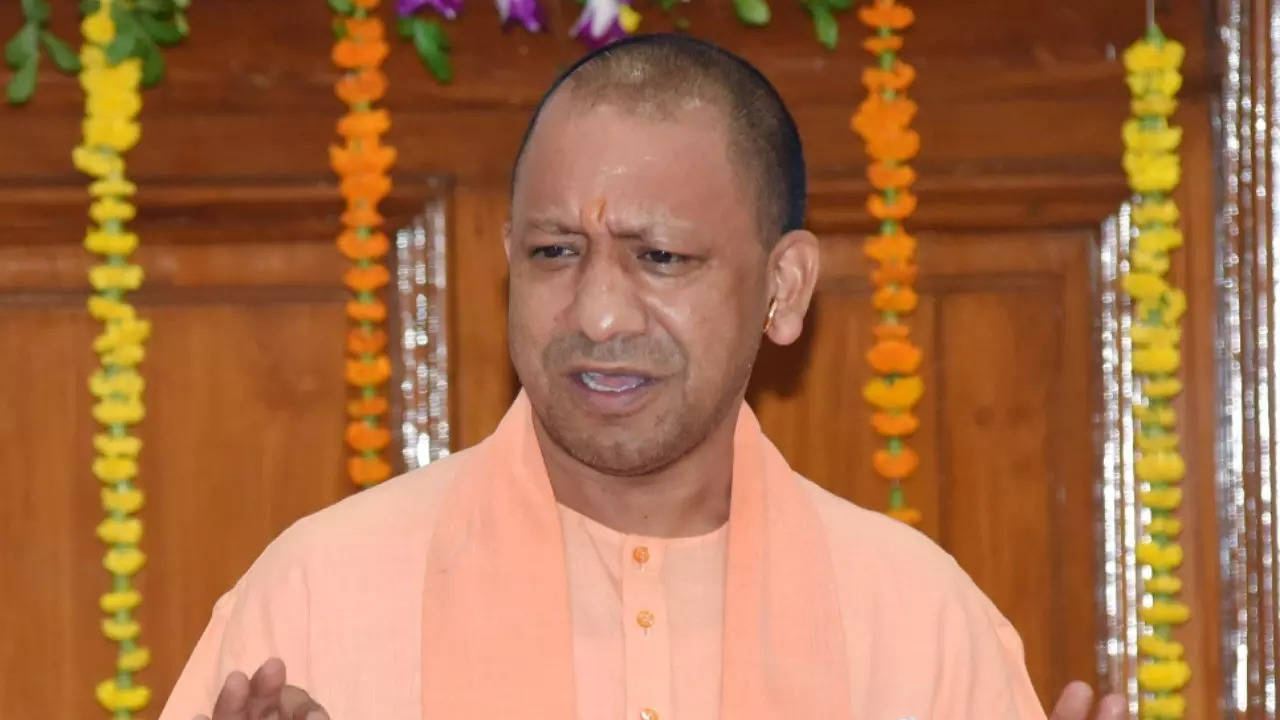
LUCKNOW: Almost two years after Prime Minister Narendra Modi laid the foundation stone of Ram Mandir in Ayodhya, the first carved stone will be placed in the ‘Garbha Griha’ (sanctum sanctorum) of the temple in the presence of Uttar Pradesh chief minister Yogi Adityanath on June 1.
Confirming the development, a top functionary of the Shri Ram Janmabhoomi Teerth Kshetra Trust said that the development would mark the beginning of construction of the ‘Garbh Griha’ where idols of the Ram Lalla and his three brothers would be placed.
“The work of construction of the foundation and the plinth (a heavy base at the lowest column of the structure) has been completed. Now, it is the turn of Garbh Griha,” the functionary said, affirming that June 1 has been chosen due to an auspicious celestial arrangement of ‘Sarvartha Siddhi’ (complete accomplishment of a task). A total of 11 priests will perform the puja around 9 am which will continue till 11 am.
The construction committee of the Ram Janmabhoomi Teerth Kshetra Trust, headed by former bureaucrat Nripendra Mishra, has fixed a tentative deadline of completing the task of construction of sanctum sanctorum by December 2023. This will be a few months before the high stake 2024 Lok Sabha elections when the BJP would seek to capitalize on the Ram Mandir issue in its assertive bid to return to power at the Centre.
As a matter of fact, it was Yogi who carried idols of Ram Lalla from a makeshift tent to a temporarily constructed temple, situated close to the Ram Mandir construction site in March 2020, barely five months after the Supreme Court ruled in favour of the temple in November 2019. A saffron flag flies at the ‘Garbh Griha’ site even as engineers work expeditiously amid a hawk-eyed vigil of security personnel.
For the construction of the sanctum sanctorum of the temple, white marble from Rajasthan’s Makrana will be used. The main structure will comprise pink sandstone from Bansi Paharpur in Bharatpur district of Rajasthan. Around 4.7 lakh cubic feet of carved stones will be used in the main structure of Ram temple.
It is also learnt that the ‘shilas’ (bricks) which were revered across 3.5 lakh villages of India in early 1990s at the peak of Ram temple movement will also be used in the temple construction. Sources said the ‘shilas’, which were kept in the Ram Ghat workshop, have reached the construction site for placement at the ‘Ishan kon’, the confluence of north and east directions according to the vastu shastra.







